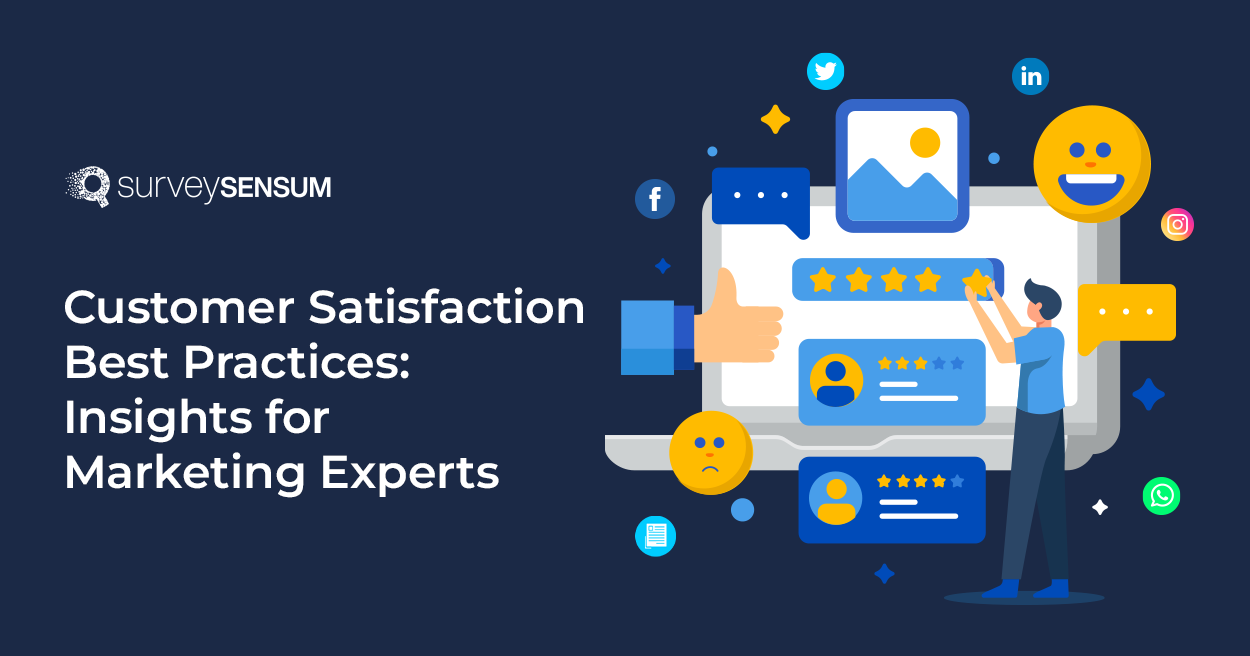
A company, despite investing heavily in marketing and advertising, struggles to retain its customer base and faces a decline in sales. — Sound familiar?
Well, more than 80% of customers stop doing business with a company due to poor customer service. And that’s a huge loss to any business.
As a marketing expert, your goal is not just to attract customers but also to keep them satisfied and loyal.
In a world where customer expectations are soaring, it’s essential to go beyond conventional marketing techniques and delve into the realm of customer satisfaction best practices.
In this blog, we will explore 5 data-driven customer satisfaction best practices that successful marketing experts use to create remarkable customer experiences.
With these best practices, you will not only drive revenue but also cultivate long-lasting connections with your customers.
Let’s begin!
5 Customer Satisfaction Best Practices
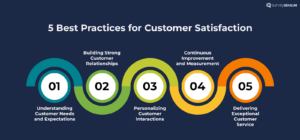
Each interaction between your customer and you is a business opportunity. So, what measures are you taking to hit the bullseye?
Don’t know?
That’s why we have brought 5 best practices that you can implement in your customer satisfaction program.
1. Understanding Customer Needs and Expectations
Aligning your marketing strategy with customer needs and expectations can significantly impact customer satisfaction.
How?
By identifying pain points, enhancing communication, and anticipating future needs. Let’s understand each one in detail with an example:
Identifying Pain Points
Understanding your customer needs helps you identify specific challenges they face, allowing them to develop effective solutions.

For example, Netflix recognized customers’ frustration with DVD rentals and shifted to a streaming service, addressing the inconvenience and offering a vast library of content accessible anytime, anywhere.
Enhancing Communication
Understanding your customer expectations enables you to communicate effectively using the right messaging, channels, and tone.
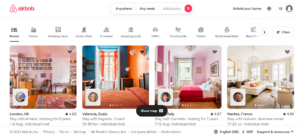
For instance, Airbnb understands its diverse customer base and facilitates clear and transparent communication through detailed listings, reviews, and various channels, building trust and enhancing satisfaction.
Anticipating Future Needs
Analyzing your customer needs and market trends helps you stay ahead and develop innovative products and strategies.
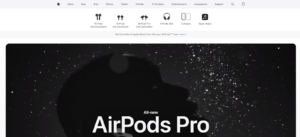
Just like how Apple anticipated the demand for wireless headphones and launched AirPods, meeting emerging customer needs and preferences.
By doing these, you can see a direct boost in customer satisfaction.
But How Can You Understand Customers’ Needs and Expectations?
Through market research, data analysis, social listening, leveraging customer feedback, conducting interviews, competitor analysis, and staying updated on industry trends.
All these practical approaches can empower your business to make informed decisions, align your marketing strategy to effectively cater to their requirements, and boost customer satisfaction.
2. Personalizing Customer Interactions
It is a crucial strategy for marketers to drive business success and achieve significant results.
Why?
McKinsey’s Next in Personalization 2021 Report states, ‘Personalization drives performance and better customer outcomes. Companies that grow faster drive 40 percent more of their revenue from personalization than their slower-growing counterparts.’
That’s a deal of good profit, right? 😉
Not only this.
It also allows you to create meaningful customer relationships, making them feel valued and understood. And by personalizing experiences based on individual preferences, demographics, and behavior, you can enhance customer satisfaction, loyalty, and overall engagement.
So, How Can You Create Personalized Customer Interactions?
You can create personalized customer interactions by the following approaches:
- Integrate the CRM with surveys to track customer journeys, analyze behavior, and understand preferences.
- Segment your customers by grouping them based on demographics, preferences, and behavior for targeted experiences.
For instance, Amazon shared personalized recommendations with its customers based on their previous choices/orders.
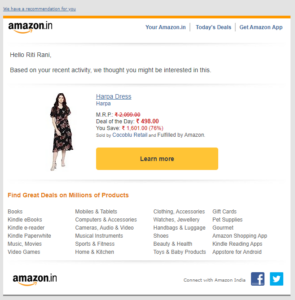
- Leverage data and technology by using tools like SurveySensum to centralize customer data, launch personalized surveys, and drive conversions through marketing automation.
Here’s an example of a personalized WhatsApp survey.
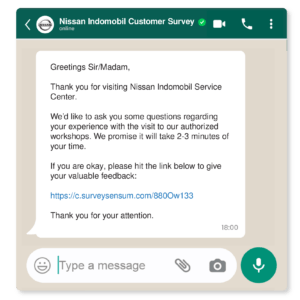
Here’s another example of Spotify that creates personalized playlists and recommendations based on user preferences, enhancing satisfaction and engagement. It uses advanced algorithms to analyze data to deliver music aligned with individual tastes and moods, increasing loyalty and retention.
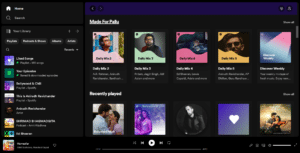
So, personalize your customer interactions to drive customer satisfaction, retention, and revenue growth.
3. Delivering Exceptional Customer Service
Most businesses strive to deliver exceptional customer service.
And Salesforce’s fifth edition of the State of the Connected Customer report reveals that 94% of customers continue buying from the same brand that gives a positive customer service experience.
So, HOW can you ensure delivering exceptional customer service?
- Build a Customer-Centric Culture: Coach frontline employees on effective customer interaction strategies, emphasizing empathy and courteous listening.
- Implement a Robust Close-the-Feedback Loop System: Use a ticketing system to promptly resolve customer issues and escalate concerns to the appropriate authorities when necessary, fostering accountability and proactive problem-solving.
- Facilitate Seamless Communication: Establish multiple communication channels, such as social media, self-help articles, FAQs, video tutorials, and 24×7 support, to ensure customers can reach you easily.
- Segment Customers: Divide customers based on demographics, preferences, and behavior using email management tools to address their unique pain points and deliver tailored marketing messages.
- Customize Marketing Messages: Personalize marketing emails and offers based on specific customer segments to enhance the customer experience.
These strategies, if implemented correctly, will lead to higher customer retention rates, repeat business, and a strong brand reputation.
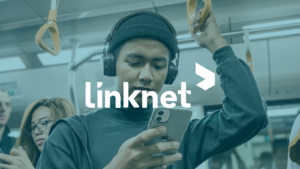
Brand Example: Link Net, a telecommunication company, faced a wave of customer complaints regarding slow internet speeds and intermittent connectivity issues.
Recognizing the urgency, their customer service team sprang into action. They used real-time data and instant alerts to proactively tackle the issue, ensuring optimal customer experiences.
Impact: Their dedication to resolving customers’ problems built their reputation for reliability, resulting in a remarkable 35% boost in customer satisfaction.
Create Exceptional Customer Experience For Your Business With SurveySensum
4. Building Strong Customer Relationships
Customer relationships are directly related to how your customers feel about you.
If they are satisfied with your brand’s products and services then they are more likely to continue doing business with you. And this leads to an increase in customer retention and repeat purchases.
According to a study by Bain & Company, increasing customer retention rates by just 5% can lead to a 25% to 95% increase in profits.
So, how can you build strong customer relationships?
- Harness Social Media: Create dedicated groups to cultivate a community of loyal fans. Encourage satisfied customers to share their positive experiences through tweets and posts, amplifying your brand’s reputation.
- Address Churned Customers: Reach out to your promoters and empower them to resolve the concerns of customers who have churned. By becoming specialists in dealing with their issues, you can win them back and foster loyalty.
- Implement Loyalty Programs: Retain your loyal customers by implementing rewards and incentives through loyalty programs. Show appreciation for their continued support, encouraging them to remain engaged with your brand.
- Create a Seamless Customer Journey: Ensure a smooth and positive experience at every touchpoint. From initial contact to post-purchase interactions, prioritize consistency, convenience, and personalization to enhance customer satisfaction.
- Embrace Feedback: Encourage customers to share their reviews and testimonials. Actively respond to their feedback, demonstrating that you value their opinions and are committed to continuous improvement.
- Consistently Engage: Engage with your customers across various channels like social media, email marketing, and loyalty programs to establish and nurture strong relationships. If you are a SaaS company, consider working with SaaS marketing agencies, as they can help you create compelling content, manage social media interactions, and design effective email campaigns.
By implementing this approach you can maximize customer lifetime value. and drive long-term success for your business.
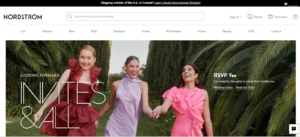
Brand Example: Nordstrom, a high-end department store chain, actively engages with customers through social media platforms, responding to their inquiries, sharing fashion tips, and providing behind-the-scenes content. This two-way communication strengthens the relationship with customers and creates a sense of community – leading to increased loyalty, positive word-of-mouth, and competitive advantage.
And guess what?
Brand advocates created through healthy relationships can promote exceptional experiences, acting as powerful social proof to enhance brand reputation, attract more customers, and achieve sustainable business growth. That’s the cherry on top!
5. Continuous Improvement and Measurement
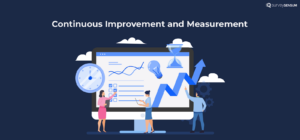
And here comes the most crucial point – MEASURING and CONTINUOUSLY IMPROVING your products and services to ensure customer satisfaction and optimize marketing efforts.
How can you do it?
- Set KPIs for customer satisfaction:
Setting KPIs for customer satisfaction is a crucial practice for marketers. By defining measurable goals, such as CSAT or NPS, you can continuously improve and measure customer satisfaction levels.
These KPIs provide valuable insights into customer sentiment, thereby enabling you to identify areas for enhancement and gauge the effectiveness of your marketing efforts. By adopting a data-driven approach, you can make informed decisions, optimize customer experiences, and drive long-term success.
- Regular performance evaluations and audits
Regular performance evaluations and audits are essential for organizations to assess their performance and drive continuous improvement. These evaluations involve defining key metrics and parameters, measuring performance objectively, and identifying areas for enhancement.
Audits, on the other hand, enable organizations to review processes and systems for efficiency and compliance. By conducting these evaluations and audits regularly, businesses can make data-driven decisions, improve their operations, and achieve long-term success.
- Implement necessary improvements based on customer feedback and insights
Implementing necessary improvements based on customer feedback and insights is critical for marketers to enhance customer satisfaction and drive business success. Through actively listening to customers, marketers can identify areas for improvement, address concerns, and ultimately exceed customer expectations.
This leads to increased customer loyalty, positive word-of-mouth, and a competitive edge in the market. Additionally, by leveraging customer feedback, marketers can continuously refine their offerings and provide exceptional experiences that resonate with their target audience.
Wrapping Up!
To ensure customer satisfaction and create delightful experiences, it is essential to embrace these five key customer satisfaction best practices:
- Understand customer needs and expectations to align your products, services, and processes.
- Personalize customer interactions to foster valuable customer relationships.
- Deliver exceptional customer service that goes beyond meeting basic requirements and focuses on exceeding expectations to leave a lasting positive impression.
- Build strong customer relationships as loyal and engaged customers become brand advocates and contribute to long-term success.
- Continuously improve and measure your performance by implementing KPIs to adapt, grow, and maintain high levels of customer satisfaction, and implementing necessary improvements to ensure that you stay agile and responsive to evolving customer needs.
To help you in achieving these best practices, try SurveySensum’s customer satisfaction software. It offers a comprehensive solution for measuring and improving customer satisfaction and experience.
With its user-friendly interface, advanced analytics capabilities, and actionable insights, SurveySensum provides you with the tools to gain a deeper understanding of your customers. This, in turn, allows you to make data-driven decisions to enhance satisfaction levels.
So, elevate your customer satisfaction efforts to deliver delightful experiences today.






